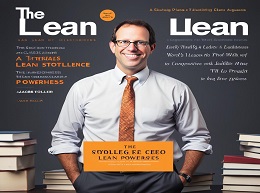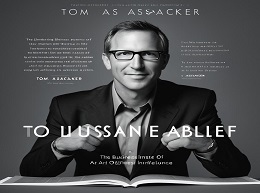Crossing the Chasm

"Crossing the Chasm" by Geoffrey A. Moore is a seminal work in the field of technology marketing, providing valuable insights into the challenges of transitioning from early adopters to mainstream markets. Moore introduces the concept of the technology adoption lifecycle and identifies the "chasm" between early adopters and the majority market—a critical hurdle for technology companies to overcome. In this comprehensive review, we'll explore the key concepts of "Crossing the Chasm," provide real-world examples, and reveal strategies for successfully navigating the chasm and achieving widespread market adoption.
Understanding the Technology Adoption Lifecycle:
Moore introduces the technology adoption lifecycle, which consists of five stages: innovators, early adopters, early majority, late majority, and laggards.
Example:
Apple's introduction of the iPod targeted early adopters with its innovative design and features before crossing the chasm to the mainstream market with the release of the iPod Mini and subsequent models.
The Chasm:
Moore identifies the "chasm" as the gap between early adopters and the mainstream market, where many technology companies struggle to achieve widespread adoption.
Example:
Segway's innovative personal transporter failed to cross the chasm due to its high price point and limited appeal beyond early adopters, resulting in disappointing sales and market penetration.
Targeting the Early Majority:
Moore discusses strategies for targeting the early majority the pragmatic buyers who wait for proof of value before adopting new technologies.
Example:
Salesforce successfully crossed the chasm by offering a cloud-based CRM solution that addressed the needs of the early majority, providing a user-friendly interface and measurable ROI for businesses.
Creating a Beachhead Market:
Moore advocates for creating a beachhead market a niche segment within the mainstream market where the product can establish a foothold and gain traction.
Example:
Tesla targeted early adopters and enthusiasts with its high-end electric sports cars before expanding its product line to appeal to a broader audience and establish itself as a leader in the electric vehicle market.
Establishing Credibility and References:
Moore emphasizes the importance of establishing credibility and securing references from early customers to build trust and momentum in the market.
Example:
Microsoft's partnership with IBM and subsequent success with the MS-DOS operating system provided the credibility and references needed to win over the early majority and establish Windows as the dominant PC operating system.
Scaling for Mass Adoption:
Moore discusses strategies for scaling operations and infrastructure to support mass adoption once the chasm has been crossed.
Example:
Amazon initially targeted book enthusiasts with its online bookstore before expanding its product offerings and scaling its operations to become the world's largest online retailer, serving millions of customers worldwide.
In conclusion, "Crossing the Chasm" offers invaluable insights and strategies for technology companies looking to achieve widespread market adoption. By understanding the technology adoption lifecycle, identifying the chasm, targeting the early majority, creating a beachhead market, establishing credibility, and scaling for mass adoption, companies can successfully navigate the challenges of crossing the chasm and achieve sustainable growth and market leadership.













